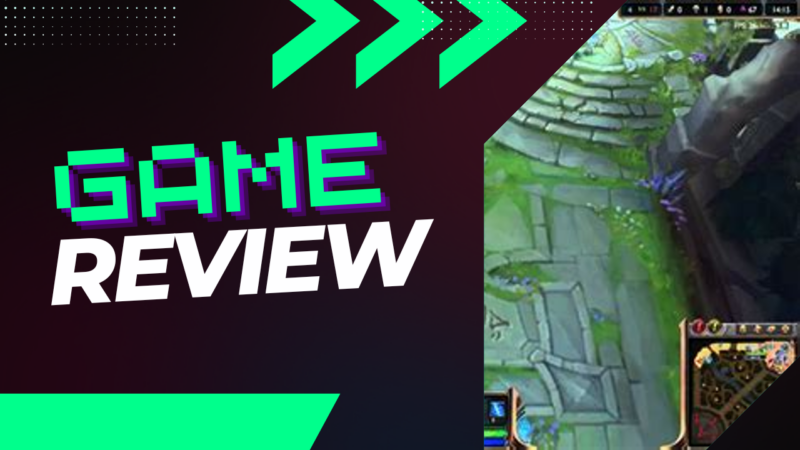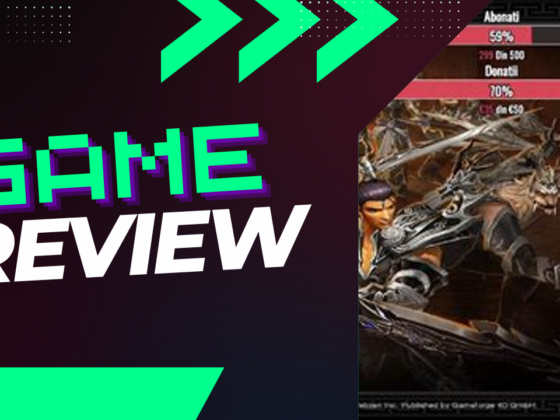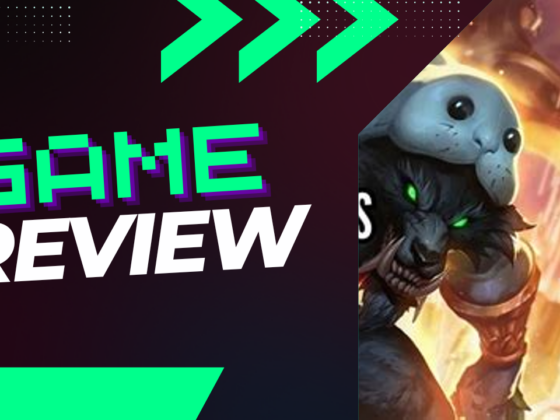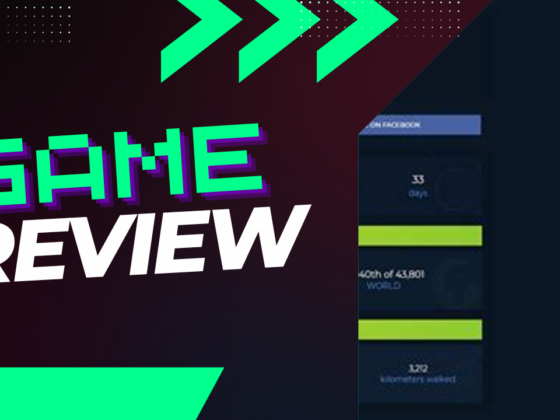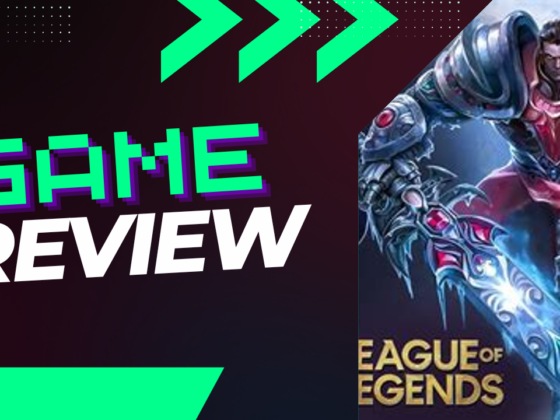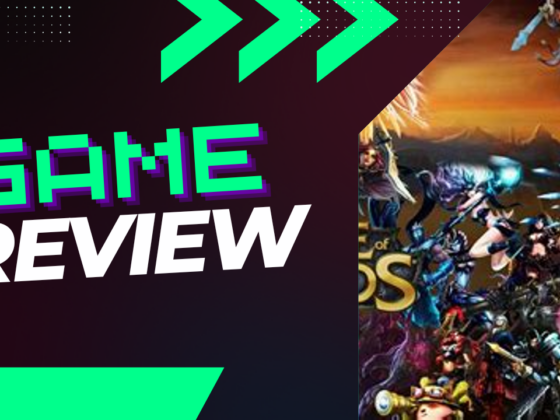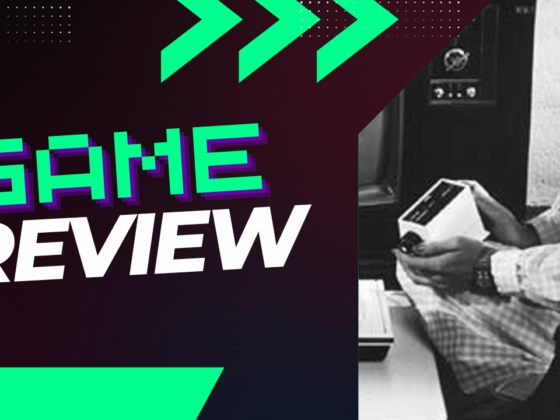Ever glanced at the loading screen and felt your heart race, knowing that the skill of your teammates could determine your fate? That’s the life of anyone climbing the ranks of competitive gaming. At the threshold of Platinum IV, a fascinating question arises: Is it truly high ELO? Many players breathe a sigh of relief when they reach this rank, believing they’ve stepped into the elite tier of players, where every rank represents a significant achievement. Diving into the nuances of what constitutes high ELO reveals a broader perspective on skill, competition, and those dreaded team dynamics that keep players on their toes.
Is Plat 4 Considered High ELO?
To me, every rank starting from Platinum IV represents high ELO. The top 10% is an impressive accomplishment. Specifically in the EU West region, I consider Grandmaster and above as high ELO, particularly due to the abundance of Master players. If you find yourself dreading the loading screen because of past experiences with teammates, it’s a clear signal that you’ve reached the high ELO tier.
From a more structured perspective, I adhere to Riot Games’ rank categorization, which designates Iron through Gold as Low ELO (officially categorized as “Average”), Plat through Diamond 3 as Mid ELO (officially termed “Skilled”), and Diamond 2 or higher as High ELO (officially tagged “Elite”). You can often reference this framework at the top of the Patch Notes, as it helps explain the ranks targeted for nerfs or buffs.
In my opinion, true high ELO starts at a high LP Diamond 1 and above, which comprises the top 1% of players. Meanwhile, Grandmaster and Challenger ranks are in the upper echelon at 0.1% and 0.01% to 0.02%, respectively. Notably, from a player’s standpoint, after gaining experience in Masters for a few weeks and hitting a wall at Master 150 LP, I would argue that real high ELO begins at Masters with 400 LP or above. Low Masters feels like a distinct bracket of its own—what I term “mid-high ELO”—while Diamond 2 to Diamond 1 represents “low high ELO,” with significant difficulties escalating with each tier.
When viewed objectively, Platinum is situated within the top 15% of all players. In other gaming communities, this rank would certainly qualify as high ELO, but few players in League would concede that Platinum ranks, including Diamond 4 and Diamond 3, fall into this category.
Understanding ELO from a Casual Player’s Perspective
I perceive rank distinctions through the lens of a player balancing a 40-hour work week. Iron to Silver compositions signify low ELO where most casual players reside. Gold and Platinum ranks represent medium ELO; it’s an attainable level even for full-time workers willing to invest the effort. Diamond and low Masters, however, are undeniably high ELO, requiring either considerable free time, significant dedication, or exceptional skill to achieve. These ranks cannot be realistically accessed by casual competitors.
Grandmaster and Challenger ranks lie in a league above, accurately characterized by Riot Games as “elite.” Most players in Masters and Grandmasters share similar skill sets but remain notably superior to the majority of the player base. Challengers stand out; simply labeling them as high ELO fails to capture their distinctions. After starting to play between Diamond 1 and Masters, I found that players in Diamond 4 (and formerly Diamond 5) often develop an inflated ego without the necessary consistency to back it up. Diamond 3 players tend to occupy a middle ground, showing more reliability than Diamond 4 players yet still struggling to break through that tier.
Diamond 2 through Diamond 1 exhibit strong potential and can reach Masters with enough determination. Beyond Masters, players display profound understanding, often grasping intricate nuances affecting gameplay and honing strong to excellent mechanics. Some simply require additional gameplay to reach low Challenger ranks, although I cannot speak on the intricacies of mid to high Challenger gameplay.
Rank Characteristics by Division
Engaging in a bit more discussion, players ranked Plat 4 to Plat 1 often show sufficient skill to understand strategic plays and respond accordingly. Gold players grasp the game’s fundamentals but lack the control to consistently sway every match. Silver players possess adequate mechanics for basic gameplay but tend to struggle with champion versatility and strategic comprehension. Conversely, players in Bronze and below generally exhibit deficits across multiple aspects.
Using a broader lens, I’d classify Diamond as high ELO, and perhaps even Masters if one seeks a more exclusive label. Only about 5% of players attain Diamond or higher. One wouldn’t label a track athlete slow simply because an Olympic gold medalist exceeds their pace. For me, I often feel Diamond 2 represents high ELO due to the considerable skill required and the rarity of such players as many struggle to achieve even Gold rank.
While tracking systems typically begin with Plat by default, ranking beyond that indicates a player worthy of scrutiny regarding performance. For many, any division above their current rank constitutes super high ELO. Diamond 1 and above should apply to everyone except supports, as they tend to require over 600 LP to reach such heights, necessitating a unique skill set compared to other roles.
Defining High ELO: Skill Versus Rank
Player perceptions of high ELO differ seasonally and by server. Personally, I would consider Plat and higher as high ELO, especially given that currently, such ranks sit around the top 15% of all participants, demonstrating that 85% of players are at lower tiers. Therefore, in terms of holistic rank distribution, I maintain that reaching the top 15% qualifies as high ELO. Although there’s an undeniable skill gap to Challenger ranks, being positioned in the top 15% is commendable.
Anything above Plat, particularly Diamond 2 and higher, I classify as super high ELO. Ranks within the Diamond tier and beyond signify a small cohort, as documented in sites like op.gg or through comparisons with one’s friends, whether online or otherwise. Both Masters and Challengers undeniably fall within the high ELO category, with Diamond ranking not being below par. The top 1% surely sets a good benchmark for high ELO, though these definitions may shift seasonally, with the current acceptable threshold resting at Diamond 1 and above.
Interestingly, while watching streams from top players like Karasmai, I absorbed his definition of high ELO as players capable of playing alongside the best. In his interpretation, only players in Masters or above can compete with Challengers, noting that Diamond tier competitors do not belong in the high ELO bracket. This interpretation resonates fairly well with me; the top 1% serves as a solid metric, regardless of rank or LP.
For many, beginning at Diamond 2 or even Diamond 1 divides the line to classify high ELO. In these brackets, players execute sophisticated strategies like a 4-1 push in a 4v5 effectively. Silver 2 and higher divisions also fall into the conversation; anything higher than Iron 3 serves as an adequate threshold based on each player’s individual sentiments.
Previously, I categorized Diamond 5 as high ELO and marked Diamond 2 as real high ELO. However, during an era when Diamond 5 constituted around 1% of total players, this directly contrasts the present situation where it represents approximately 3-5%. As a result, I no longer uphold that classification for Diamond 5, recognizing it as an inclusive rank present and past.
Thus, I deem high ELO starting from Diamond 2 and view anything above that—particularly matters such as experiencing low Master 300+ LP ranks—as a true indicator of skill disparity. Nevertheless, this remains subjective and open to individual interpretation. Gratefully, in theory, both Diamond and Platinum ranks imply a status beneath high ELO since they fall under the federal player base.
In essence, everything above the Average rank is technically considered high. If one resides in the top 1% or above, they may qualify as elite. Most assessments lean toward considering anything above Plat 2 as high ELO, primarily due to its player composition saturated with lucky individuals, the existence of Elo-boosted players, and self-proclaimed gatekeepers.
Upon reaching Masters, the game undergoes a noteworthy transformation where those players engage on a level comparable to Challengers. The regulations concerning the Masters and above gameplay include:
- No duo queues allowed
- At least one game played daily, or decay occurs
- Meta crucially influences rankings—players cannot rest on universal champion viability as in lower tiers.
Examples like Kassadin illustrate this premise effectively; while one may attain high rank using various champions below Masters, the intricacies of the meta become undeniably significant at higher levels, rendering generic gameplay strategies less viable.
High ELO becomes increasingly defined by players engaging in thoughtful matches devoid of continuous slogs characterized by individuals constantly feeding. My interpretation now sways towards Diamond 2 at the very minimum that symbolizes high ELO, although I recall times where I regarded high Platinum similarly. Certainly, this is a personal slice of understanding; as I presently sit at Masters with extensive account experience, I lean towards defining high ELO starting from Diamond 1 and above.
To succinctly wrap it up, the conversation surrounding ELO classification remains deeply nuanced, interspersed with individual experiences, observations, and evolving definitions based on both rank movements and seasonal metrics. It’s a classification filled with subjectivity, aligning with personal sentiment and community perceptions around skill and competence within League of Legends.

